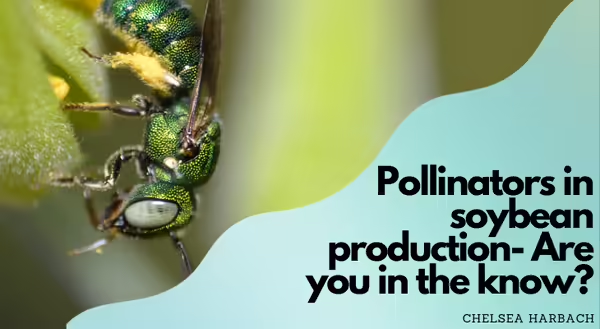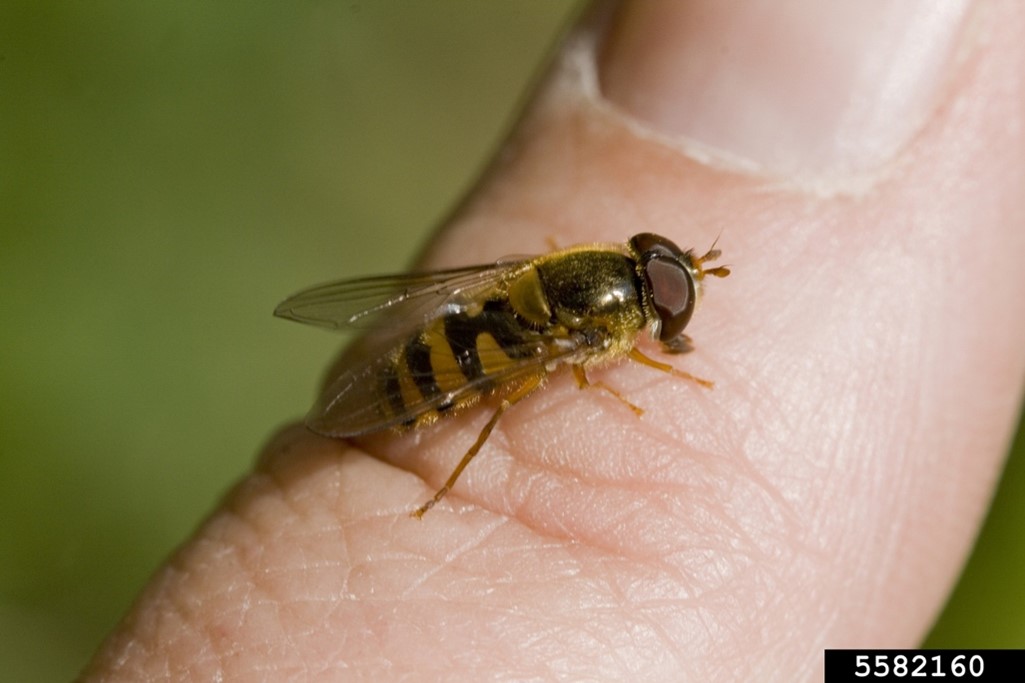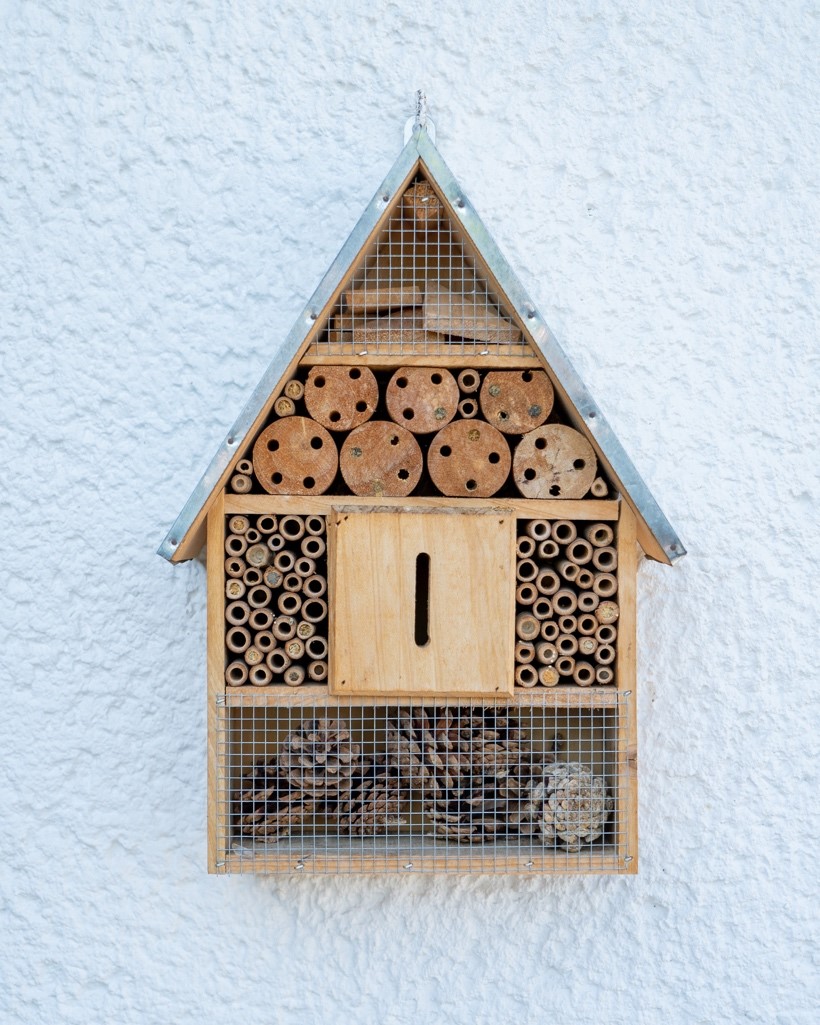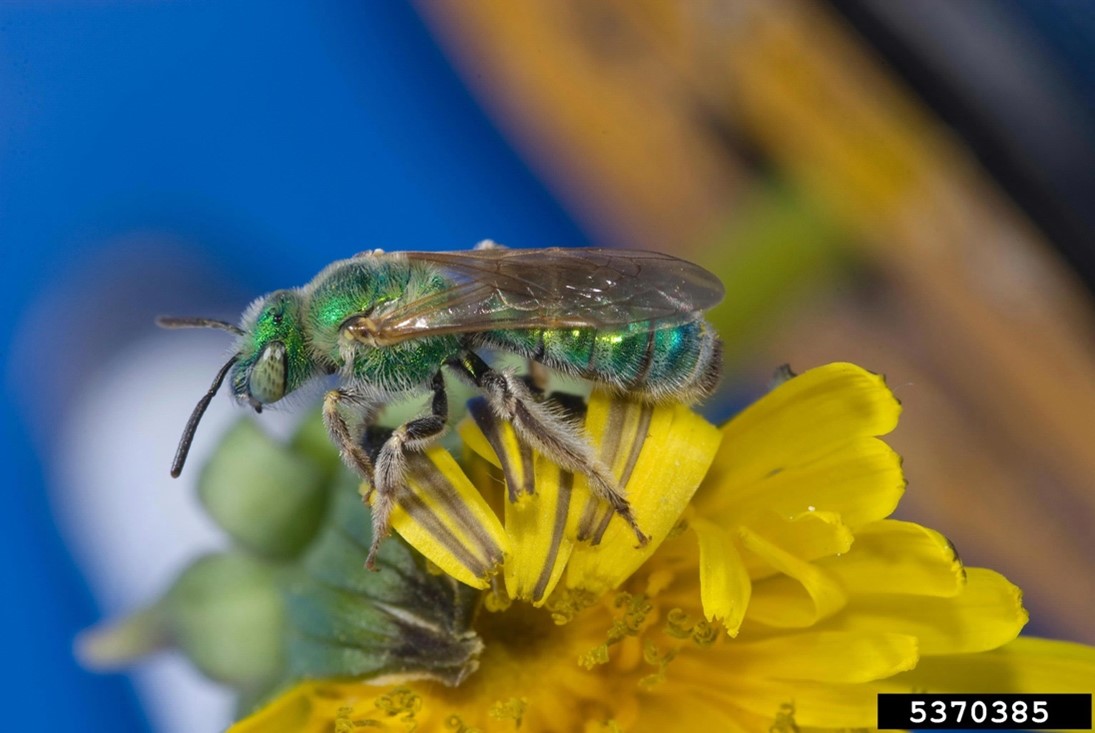
Did you know that more than one-third of the food humans consume depend on pollinators for reproduction, i.e., fruit set? And when talking about flowering plants, three-quarters require pollinator intervention for reproduction.
Granted, I know my audience here is primarily corn and soybean producers in Illinois. Corn plants are designed for pollen to fall on the silks, and soybean flowers are self-pollinating. So why worry about pollinators?
Well, let me get this out of the way right off the back- data from a recent study suggests that soybean yields increase more than 20 percent when honeybees and wild bees help pollinate plants. This, compared to what the study calls "improvements in crop genetics," which ranged from an increase in yield of 8 to 15 percent. However, as production systems currently exist, there is zero to little regard for our pollinators.
Why care about pollinators?
As with any living organism, pollinators do not live within a closed ecosystem. In other words, they are subject to influence by external factors. Given the scale at which we grow soybean and corn in Illinois, agriculture undoubtedly has an impact. But to understand the effect that soybean production might have on native bees and other pollinating insects, I feel I should first share a bit of information about the nature of our native bees.
Native bees in the Midwest
When you think of a bee, chances are you are thinking of a bumblebee, a honeybee, or possibly an insect that isn't even an actual bee. There are many lookalikes in the insect kingdom. For instance, what I grew up calling a "sweat bee," is actually a hoverfly (Fig. 1).
Did you know that most of the pollinators we classify as "native bees" do not live a social life like the honeybee? In fact, they are generally solitary bees. These solitary bees either live in holes in the ground or hollowed-out stems (Fig 2).
Native bees also have different flight ranges. For instance, native bumblebees (Fig. 3) can fly a distance of greater than 1 kilometer (0.6 mile). In contrast, the smaller native solitary bees, such as the sweat bee (Fig. 4) in the midwest hardly travel more than 100 meters (109 yards) to forage for nectar and pollen. With that perspective, it should be clear just how important it is to cultivate an environment that has food available for native bees with their short flight range.
To complicate things more, not all native bees emerge at the same time during the growing season. So not only is it about the distance between food sources for the pollinators, but also it is essential to have food sources flowering and accessible to pollinators all season long.
What can soybean producers do to protect and help pollinators?
The first and simplest thing that you can do is be critical when you consider whether an insecticide application is worthwhile. Granted, I know that the use of insecticides is not as common as it once was. I do also know that insecticides are applied when bugs like the Japanese beetle are becoming problematic. So all I ask is that you utilize integrated pest management principles and assess the pest, considering your economic injury level and economic thresholds before reaching for the insecticide. Cutting back on insecticide applications is always going to be helpful to beneficial insects, including native bees.
Next, consider whether any ground you farm or areas within a field would be better suited for the conservation reserve program (CRP). By removing unproductive or problematic land from production and getting it into CRP, you open up some land area that can house plants for pollinators. Sometimes it isn't all about having vast land areas with flowers for pollinators and more about connecting these pollinator-friendly areas together. Remember, most of our native bees don't travel much farther than the distance of a football field to forage.
Take-home message
I know I said I was excited to talk to you about all things soybean diseases. Trust me, I still am. However, after a two-day workshop preparing to introduce K-12 pollinator curricula to Illinois, I felt inspired to share some information about pollinators with you. I learned so much, and I hope you learned something from this blog.
And I guess my take-home message for you would be to not forget about native bees and pollinators. There appears to be some potential for a synergistic relationship between soybean farmers and our native bees. All you have to do is help take care of them, and in return, they might help boost your yields.
References:
L. Garibaldi, et al. 2021. Time to Integrate Pollinator Science into Soybean Production
Trends in Ecology and Evolution. https://doi.org/10.1016/j.tree.2021.03.013
Osborne, J. L., Martin, A. P., Carreck, N. L., Swain, J., L., Knight, M. E., Goulson, D., Hale, R. J., Sanderson, R. A. 2007. Bumblebee flight distances in relation to the forage landscape. Journal of Animal Ecology. https://doi.org/10.1111/j.1365-2656.2007.01333.x
Hofmann, M. M., Fleischmann, A., Renner, S. S. 2020. Foraging distances in six species of solitary bees with body lengths of 6 to 15 mm, inferred from individual tagging, suggest 150 m-rule-of-thumb for flower strip distances. Journal of Hymenoptera Research. https://doi.org/10.3897/jhr.77.51182



